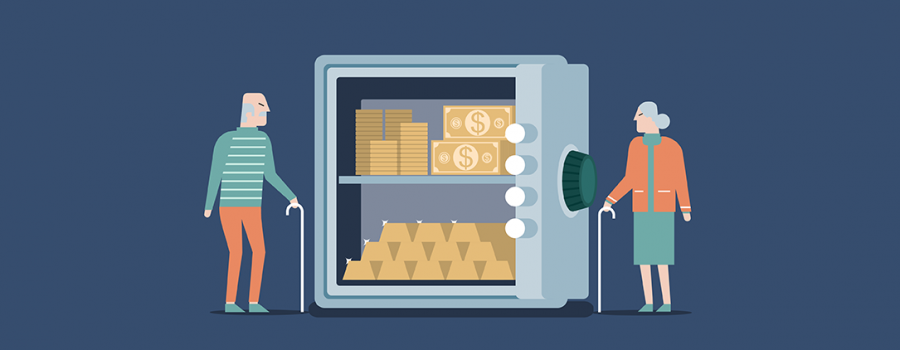Life insurance is a crucial component of a healthy financial strategy. While thinking about what happens once you leave this world is never pleasant, planning and providing for your loved ones can ease your mind and help you focus on living.
What is an insurance policy?
A life insurance policy is a contract between the policyholder and the insurer – typically an insurance company. In exchange for paying a specific amount of money on an ongoing basis (a premium) the insurance company promises to pay a pre-determined dollar amount to the policy’s designated beneficiary upon the death of the insured. For example, you may pay $25 per month to the insurance company and in exchange, they will give your beneficiary $250,000 upon your death.
Life insurance policies are not one-size-fits-all. They’re designed with the current and future needs of your family in mind. For instance, if you’re married with a mortgage and three young children who plan to go to college, you’ll need a significantly higher death benefit than if you were retired, owned your home, and your children were grown. Consider who you would leave behind and what financial responsibilities will they inherit upon your death. The type of insurance and the amount of coverage that suits one family may not help accomplish the goals of another.
The above describes the simplest form of insurance policy, but there is a wide variety of policies that can be used for more than just a death benefit. Certain policies serve as part of an effective estate planning strategy to preserve wealth and provide significant tax advantages. Others offer a cash payment to the insured in the event of an illness or other emergency rather than just in the event of their death. Still others offer retirement benefits, replacing income long-term once you leave the workforce. Insurance policies are all safety nets that deliver added security and peace of mind for you and your family. Their variety means that they can be tailored to exactly your needs.
Term vs. permanent life insurance — what’s the difference?
Term life insurance, also known as “pure life” or “death benefit only,” is the most basic, common and least expensive type of insurance. It provides financial protection in the event of the insured’s premature death, but only for a specific time period, which is referred to as the policy’s term. Typical terms are 10, 15, 20, 25 and 30 years.
Throughout the term, the amount of the death benefit and the premium, or cost of the policy, generally remains fixed. If the insured dies during the policy’s term, the beneficiary is paid the full death benefit in one lump sum leaving the policy with no other added value. If the insured stops paying the premium, the policy ceases and retains no cash value.
Permanent Life Insurance is the umbrella term for all the life insurance that provides lifelong coverage. It’s essentially the opposite of the coverage offered by term insurance. Permanent life insurance provides an insurance component, as you would expect, but it also presents a unique savings component. A portion of each premium payment is allocated to savings and any increase in value accumulates tax-deferred. The total translates to the policy’s cash value.
Another attractive feature of permanent life insurance is the ability to borrow against the policy if needed. Of course you’ll need to repay the loan with interest, otherwise, the policy’s death benefit will be reduced. If you decide to surrender the policy, you’ll receive the total cash value in a lump sum and your coverage will cease.
Types of permanent life insurance
Whole life insurance and universal life insurance are the two main types of permanent life insurance. A whole life policy comes with level premium payments (where payments remain the same for the life of the policy), the opportunity to accumulate cash over time, and a fixed death benefit. The addition of a living benefit, like a loan feature, is also an attractive option.
A universal life policy offers the policyholder the additional flexibility of increasing or decreasing the death benefit and changing the amount and frequency of the premium payments.
There are certainly more differences between the two, so speak with a qualified insurance professional to help you determine the type, coverage, flexibility and features that best meet your family’s needs. With a life insurance policy in place, you’ll be able to enjoy today and worry less about tomorrow.




